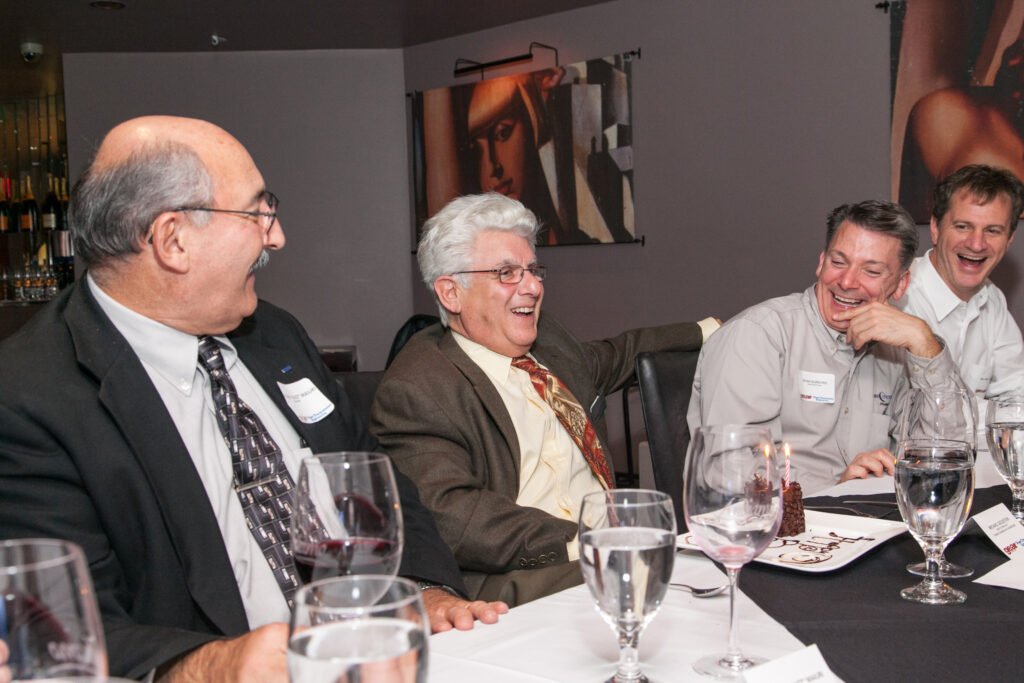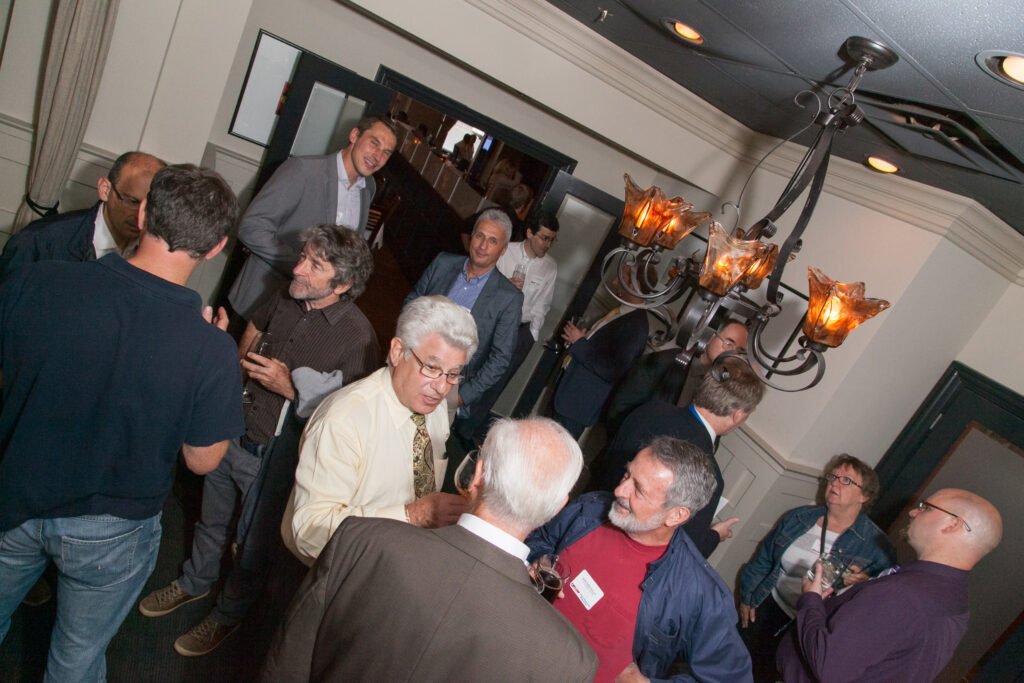Meet the Founder of Gear Technology, Michael Goldstein
Author Gear Technology India on June 15, 2023
In 1984, Michael Goldstein founded Gear Technology, and served as Publisher and Editor-in-Chief from 1984 through 2019. Gear Technology India had an email interview with him to discuss his illustrious career, the idea behind Gear Technology, and more.

Could you tell us a bit about yourself, and your journey with Gear Technology?
I started working in the machine tool industry full time in 1964, after graduating from Michigan State University with a major in engineering and a minor in accounting. I was active in our association, Machinery Dealers National Association (MDNA) and was on the Board, then President of their for-profit publishing company, MDNIS, publishers of the Locator, a monthly magazine with over 20,000 listings all the available used machines tools, with a format similar to a phone book (ask your parents) with a circulation of 100,000 books per month.
For much of the time as an officer, typesetting of the listings was manual but I was instrumental in purchasing a newly developed computer-controlled typesetting machine. I visited printing plants and learned all facets of this publishing undertaking, which gave me enormous experience in the publishing field.
What was the idea behind starting Gear Technology?
At my family-owned used machinery company, Cadillac Machinery Company, I specialized in used gear manufacturing equipment, concentrating on the cross-axis spiral bevel and straight bevel gear equipment. As a result of my gear machinery specialty, I had a relationship with all of the gear manufacturing companies or their representatives, and, with my publishing experience at the

Locator, I felt that there was a need for a magazine to focus solely on the gear manufacturing community. I ended my presidency at the Locator in 1984, and launched Gear Technology, the Journal of Gear Manufacturing (GT), in 1985.
We subsequently launched a sister magazine, Power Transmission Engineering (PTE) whose focus was on all types of power transmission mechanical power transmission products, except gears, i.e. bearings, chains, pulleys, sprockets etc.
What was the market like?
At Cadillac Machinery, possibly over 50 percent of our sales were outside the United States, and I developed a growing customer base in India. In 2011, we launched Gear Technology India and I started attending Anitha & Raghus’ Gear Exhibitions, to promote my magazine. But, after few years, we decided we were unable to develop the magazine to the extent we felt we needed and, as the magazine was only print, it had to be individually delivered, using couriers, which was cumbersome and inefficient.
It was the first exhibition I attended; I was the guest speaker along with another gentleman from the Indian Department of Defense. I remember distinctly him challenging the attendees to become suppliers of gears in the Department of Defence and he clearly told the audience that to do so, they would need to set up separate companies to deal with solely with the defense needs, as there were accuracy requirements, especially for aircraft gears, that far exceeded that which could be produced in commercial environment environments.
Why did you consider AGMA to take over the publication, and how has AGMA taken it forward since then?
A couple of years ago, I transitioned my publishing company to the American Gear Manufacturers Association (AGMA), as I wanted the magazines and the Library of material published over the 30-plus years to continue on after I’m gone. I’m very pleased that GT India is now being reborn with AGMA on one side, and Anitha and Raghu coming together to continue this important educational resource.
I’m confident that the Indian market has evolved, matured, and is now competitive worldwide and can support this educational resource.
What trends and technological advancements have you noticed in the last four decades in the gear industry?
The early year of publishing Gear Technology (GT) and Power Transmission Engineering (PTE) magazines was done on conventional printing presses and only after about 15 years were
we printing digitally
One of the things that I’m most proud of is I hired the children of my employees to come in for the summers to scan all of early issues, so they were available digitally. Our entire body of articles now make up the Michael Goldstein Technical Library, on the Gear Technology website, which attracts approximately 11,000 unique visitors per month.
What do you consider the most valuable part of the library?
I think one of the most valuable parts of that library is what we called Back to Basics, which came from the early manufacturer’s handbooks of Fellows, for gear shaping, Barbera Coleman, for gear hobbing and hob design, Gould & Eberhardt, for large gear hobbing, Gleason, straight and spiral gears, National Broach for gear shaving. These were books published by manufacturers explaining the basics of all the processes. Young employees and those new to the gear field have found these Back to Basics to be in valuable.
What does the launch of Gear Technology in India mean to you?
Now that GT India can be published solely in a digital format and delivered electronically, it will become a valuable resource for the Indian gear manufacturing community. Best wishes to Anitha, Raghu, and AGMA on the continuation of this legacy that started so many years ago.

Post Views: 236


